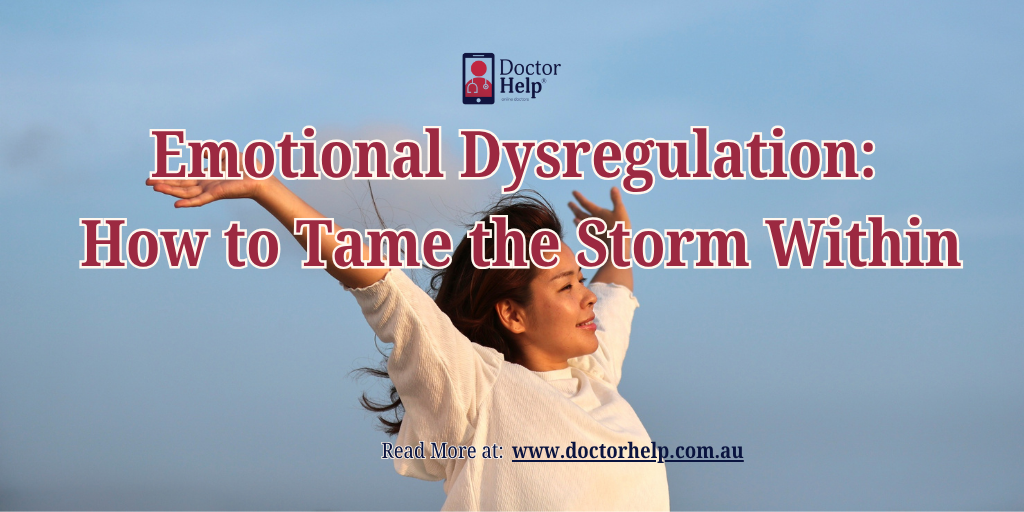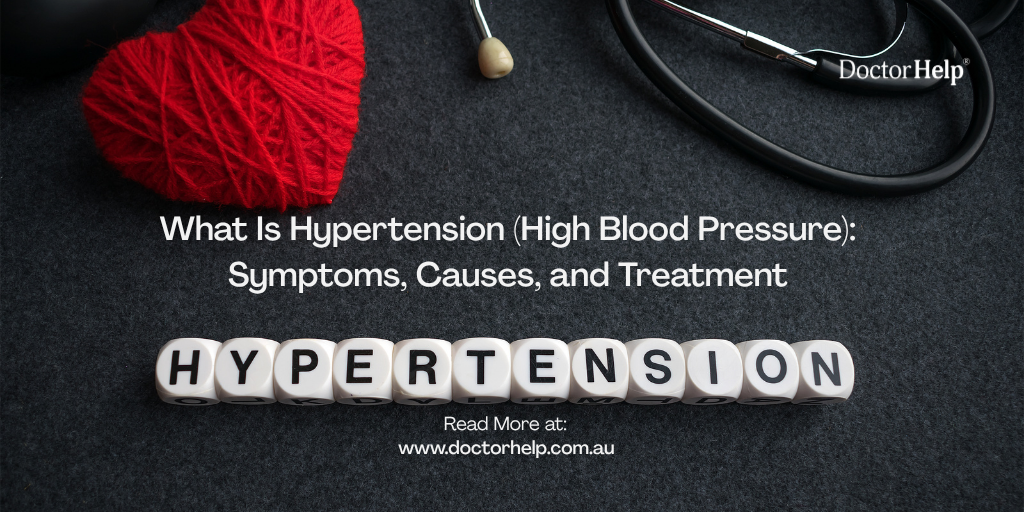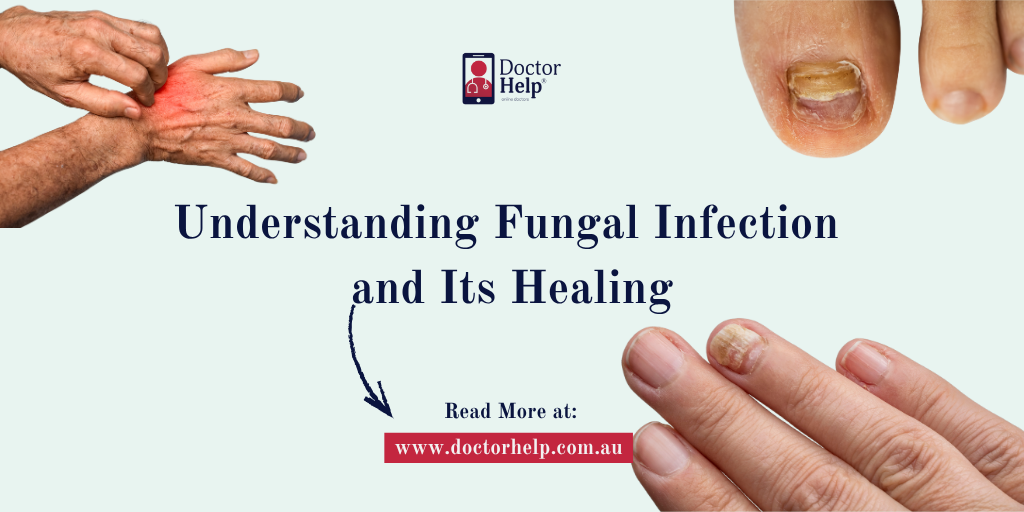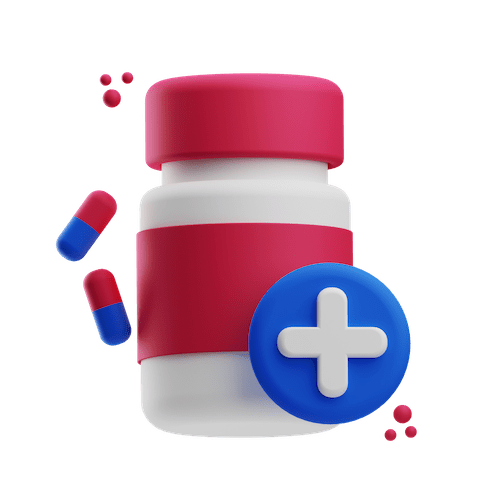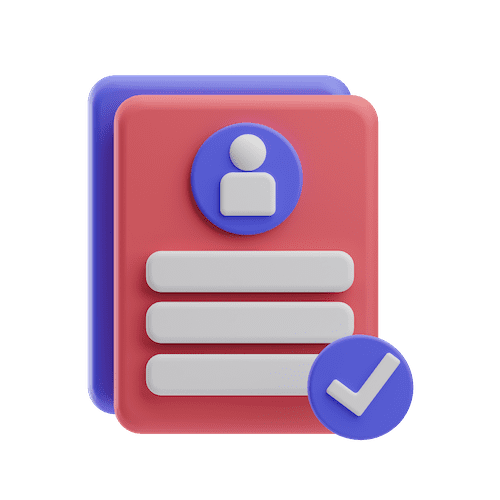Table of Contents
Your feelings at times are as high as the tide. One minute you are fine and the next minute you are upset, nervous or depressed or all three. That is what it is like to live when you have poor emotional control. You don’t just “get upset.” You are angry and it may seem unremitting.
Let’s walk this terrain together. This blog discusses emotional dysregulation, why it affects some individuals more than others and how you can gently train yourself on emotional regulation, a breath, a pause, a moment at a time.
What Is Emotional Dysregulation?
Emotional dysregulation is the inability to control the level of emotions, the length or amount of expression without it going out of control and hurting your relationships. It’s more than moodiness. It is when your emotional world goes in extremes too frequently.
In an emotionally dysregulated person, there is a possibility that they might react with disproportionate anger, cry without warning, feel out of control, or take a lot of time to get back to baseline.
Importantly, emotional dysregulation is not on its own a psychiatric diagnosis. It shows up across many mental health conditions. One area where it’s intensely studied is ADHD, emotion dysregulation in ADHD is considered a major contributor to impairment.
Why Do Some People Struggle More?
Some emotional patterns run deeper than personal temperament. A few contributing factors:
- Neurological wiring: Some brains are more reactive. The limbic system, the part that feels and responds, can be hyperactive, while the regulatory brain (prefrontal cortex) is slower to step in.
- Trauma or early life stress can sensitize emotion circuits, making regulation harder.
- Cognitive control limitations: For some (especially people with ADHD), the capacity for impulse control or working memory is taxed, making self regulation harder.
- Learned patterns: If we grew up in environments where emotions weren’t named or soothed, we may lack models for emotional regulation.
In ADHD populations, research reports that about 25-45% of children and 30-70% of adults experience emotion dysregulation.
So if your emotions feel volatile, know: there may be structural roots. This is not you being too sensitive. It’s your system asking for help.
How Emotional Dysregulation Manifests
The signs can be subtle or loud. You might notice:
- Sudden, intense mood shifts without clear triggers
- Difficulty calming yourself once upset
- Overreacting far more than the situation warrants
- Impulsive behaviors purely in the heat of emotional storms
- Shame, guilt, or regret after an emotional outburst
- Weeks or months of emotional “hangover” after major reactions
These patterns interfere with relationships, focus, and self esteem. But they can shift slowly, with intention.
Strategies to Regulate Emotions
If you’re ready to step into a different way with your emotions, here are practices that help. None are magic bullets. They’re skills you build in the messy trenches of daily life.
1. Name It to Tame It
When emotion rises, pause and name what you feel (anger, grief, frustration, fear). Labeling it helps your brain shift from raw reactivity into affective regulation. It’s a small act, but it gives you distance.
2. Breathe & Ground
Deep, slow breathing counteracts arousal. Inhale for 4 counts, hold 1, exhale for 6. Pair that with feeling your feet on the ground, or touching something solid. The body remembers calm.
3. Short Interruptions
When you feel a wave building, step away. A walk or even just closing your eyes for 30 seconds can pull you back from escalation.
4. Reappraisal
Ask: What story am I telling myself right now? Could there be another explanation? Shifting meaning sometimes softens the charge.
5. Build a Regulation Toolbox
Keep a personal list of go-to strategies: physical movement, writing, calling a friend, music, or art. Having go-tos helps when you’re emotionally dysregulated and brain fogged.
6. Practice Over Time
Every emotional regulation skill improves with repetition. Just as you train a muscle, train your emotional system.
7. Bright Spots & Joy
Seek small, everyday joys, sunlight, laughter, connection. Joy matters just as much as struggle.
8. Professional Support
You don’t need to walk this road alone. Therapies like Dialectical Behaviour Therapy (DBT) focus on emotional regulation by teaching people to tolerate distress, regulate affect, and build a balanced life.
A registered psychologist or psychiatrist can help you map your brain’s patterns. In Australia, be sure your practitioner is registered with AHPRA.
Self Regulation vs Emotional Regulation: What’s the Difference?
These terms often overlap, but they deserve clarity:
Self regulation is the broader umbrella: managing impulses, thoughts, behaviors not just emotions.
Emotional regulation (or affect regulation) is about calibrating feelings: their intensity, duration, and expression.
When someone is emotionally dysregulated, their ability to self regulate is taxed. They may struggle with impulse control, attention, sleep, or planning because all those systems share the same resource pool.
So, building emotional regulation helps improve self regulation, moment to moment.
Conclusion
Think of your emotional system like a river. When it’s calm, you can see the water clearly, fish swim, weeds grow. But during storms, it floods, everything becomes muddy, hidden, chaotic.
Your journey is learning to build levees, redirect currents, plant buffers so your emotional river flows with balance, not chaos.
Begin with small practices. Expect stumbles. Most importantly, have mercy on yourself when you are losing your footing. There is usually growth in the cracks.
When you are fed up that you always have to ride your emotional waves on your own, book a consultation with us. We know what it is like to be emotionally dysregulated. Through awareness, support, and evidence-based assistance, you will be able to start to manage the emotions more kindly and consistently and re-take your life in which your internal weather feels more like an equilibrium than a tempest.
References:
- Professional, C. C. M. (2025, June 24). Emotional dysregulation. Cleveland Clinic.
https://my.clevelandclinic.org/health/symptoms/25065-emotional-dysregulation - Musullulu, H. (2025). Evaluating attention deficit and hyperactivity disorder (ADHD): a review of current methods and issues. Frontiers in Psychology, 16.
https://doi.org/10.3389/fpsyg.2025.1466088 - Els, L. C. (2024, August 8). Self-regulation for adults: Strategies for getting a handle on emotions and behavior. Harvard Health.
https://www.health.harvard.edu/mind-and-mood/self-regulation-for-adults-strategies-for-getting-a-handle-on-emotions-and-behavior - Shaw, P., Stringaris, A., Nigg, J., & Leibenluft, E. (2014). Emotion dysregulation in attention deficit hyperactivity disorder. American Journal of Psychiatry, 171(3), 276–293.
https://doi.org/10.1176/appi.ajp.2013.13070966 - Shaw, P., Stringaris, A., Nigg, J., & Leibenluft, E. (2014b). Emotion dysregulation in attention deficit hyperactivity disorder. American Journal of Psychiatry, 171(3), 276–293.
https://doi.org/10.1176/appi.ajp.2013.13070966 - Healthdirect Australia. (n.d.-a). Dialectical behaviour therapy (DBT). Healthdirect.
https://www.healthdirect.gov.au/dialectical-behaviour-therapy-dbt

